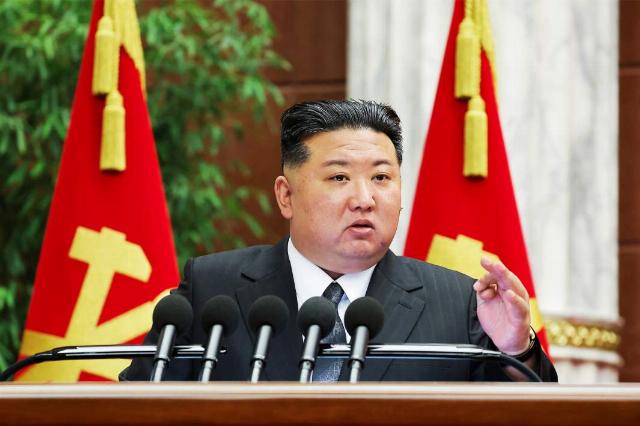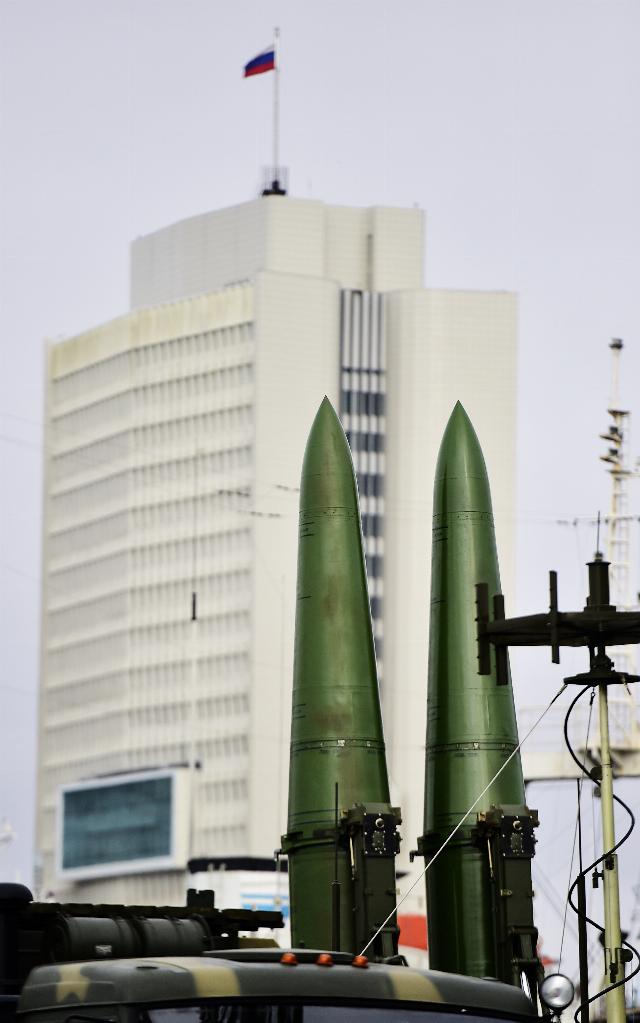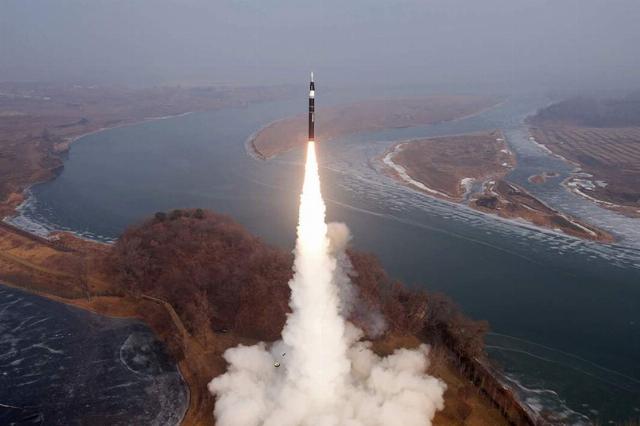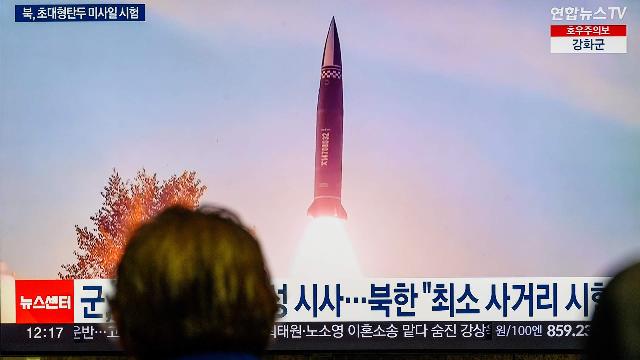The strike of such a group will not be able to repel any of the existing air defense or missile defense systems.
North Korea is preparing to deploy 250 tactical missile launchers around Pyongyang. This was reported by the South Korean Military Intelligence Directorate this week. The strike of such a group will not be able to repel any existing anti-missile system in the world. What North Korea really has and what potential could threaten their southern neighbors in the event of a conflict is in the Izvestia article.
Kim's Arsenals
The main concern of South Korean intelligence was caused by the massive supply to the North Korean Armed Forces of relatively new four-rocket launchers of ballistic missiles of the Hwasongpo-11Ra complex, which is also known in the West as Hwasong-11D. Each mobile launcher of the complex carries a package of four transport and launch containers with ammunition of the class of American ATACMS missiles, which can have a range of 200 to 300 km. With such characteristics, missiles from the territory of North Korea can hit targets in a significant part of the territory of South Korea and even in a non-nuclear version pose a very significant threat.
The peculiarity of the new missile threat is also in massive supplies to the armed forces. In August 2024, 250 launchers (a total salvo of 1,000 missiles) were simultaneously transferred to the DPRK army. We probably saw part of this batch of PU in a report from a production that North Korean leader Kim Jong-un visited in May 2024. At least 100 of these systems were shown at that time. In general, the missile system was put into service in 2023, and its first tests were noted a year earlier.

North Korean leader Kim Jong-un
Image source: Photo: REUTERS/KCNA
It is believed that his missile has a flight speed of about four times the speed of sound and has a perfect autonomous control system that allows it to strike targets with previously known coordinates. The massive use of such munitions is indeed impossible to repel with any modern air defense or missile defense system — they will simply take over and destroy hundreds of targets. The only effective way to deal with such a strike is to preemptively destroy launchers on the ground.
But the probability of success of such an operation also looks doubtful, given that South Korea can use no more than 200 attack aircraft and a very limited number of its own missile systems against more than 250 launchers, which are distributed over the terrain and camouflaged.
The Kimskanders are ready.
Moreover, the DPRK's arsenal is not limited to the Hwasong-11D complexes. In 2019, test launches of the Kimskanders, KN—23 missiles (Western designation), were launched, which in their configuration and combat capabilities are very close to the Russian 9K720 Iskander-M complex. Two missiles on the launcher, a range of up to 400 km, several variants of warheads and a modern high—precision guidance system.
Today, the KN-23 has already been tested not only from car launchers, but is also part of the North Korean BZHRK, a "combat railway missile system." That is, they are based on railway launchers, which in peacetime can be located in protected underground tunnels. Missiles of this type are also a difficult target for modern air defense/missile defense systems.

The 9K720 Iskander-M tactical missile system
Image source: Photo: TASS/Yuri Smityuk
And back in 2019, the launches of the new large-caliber multiple launch rocket system KN-25 (Western name) were shown for the first time and since then have been repeatedly demonstrated. The missile's caliber is 600 mm, and six transport and launch containers are placed on the self-propelled tracked launcher. There are definitely dozens of such launchers in the DPRK army. The range of such missiles should reach 400 km, and the rocket is highly accurate — it is equipped with aerodynamic rudders to adjust the flight path and, apparently, an inertial and possibly satellite guidance system. Such missiles can definitely perform an anti-missile maneuver, thwarting any attempts by air defenses to shoot them down.
In general, in the event of a possible conflict, the DPRK may deploy not 250 launchers, but, apparently, up to 500. And this is not counting conventional multiple launch rocket systems, of calibers from 120 to 300 mm, of which there are certainly no fewer in the Korean People's Army. And there is also large-caliber artillery. There is aviation, although in relatively small numbers and represented by not the most advanced aircraft.
Missiles for the USA
In addition, intermediate—range and intercontinental ballistic missiles are also available - they are no longer intended for South Korea, but for attacks on American bases in the Pacific region, as well as directly on the United States. But the main threat is a huge number of operational and tactical missile systems, the impact of which cannot be stopped.
And here one more point should be noted — the DPRK has created a thermonuclear warhead of 500 mm caliber, which can be placed on all of these missiles. It is clear that missiles with special warheads will be designed for particularly important targets and facilities, and it is also clear that there cannot be many of them. No industry can produce thousands of such warheads, but thousands are not needed — just a few dozen are enough. And this is already a realistic assessment of the probable nuclear potential of the DPRK in early 2025.

Launch of a medium-range ballistic missile (MRBM) with a hypersonic warhead
Image source: Photo: TASS/EPA/KCNA
Of course, I would like all this "wealth" to remain on earth and be used only during demonstration launches. Because a big "hot" war is guaranteed to destroy not only South Korea. Its consequences will affect all countries of the region.
Dmitry Kornev

